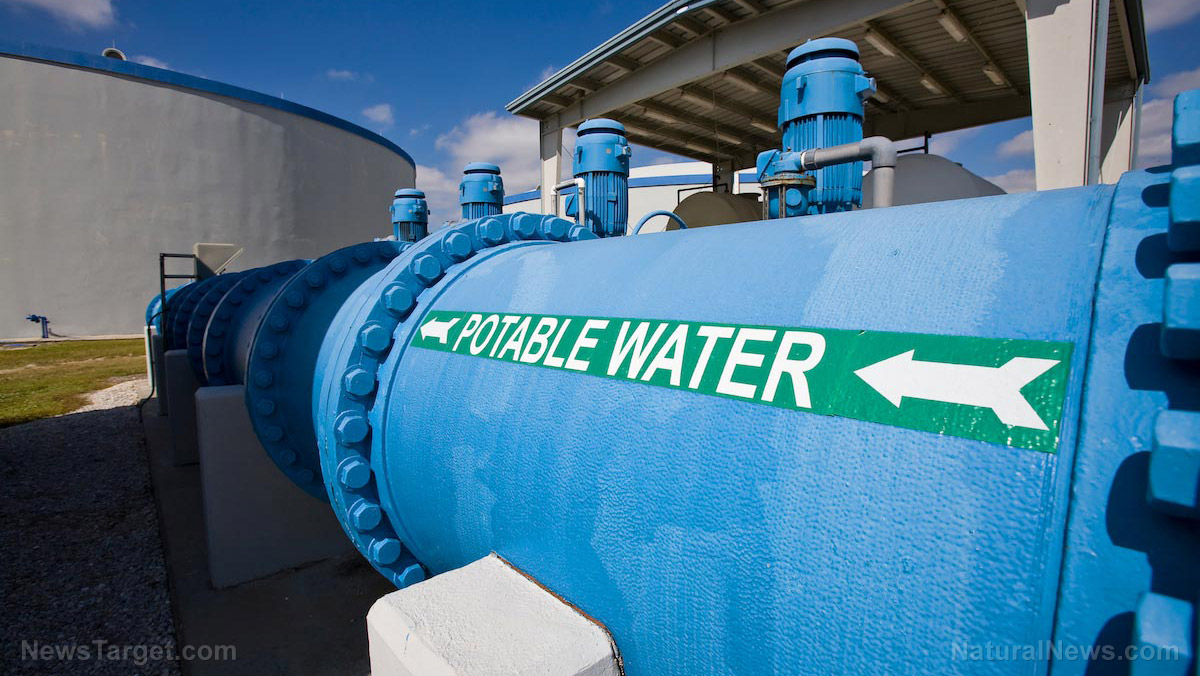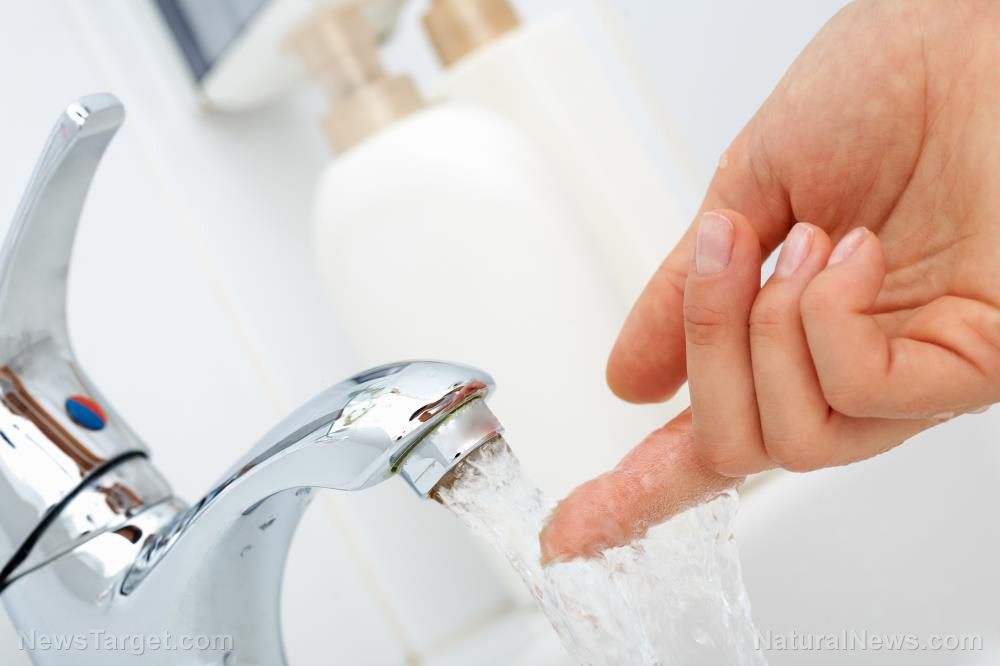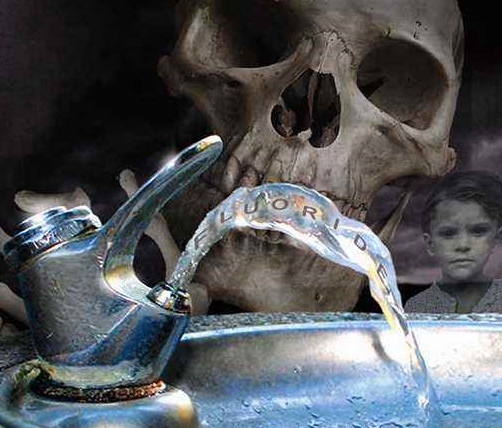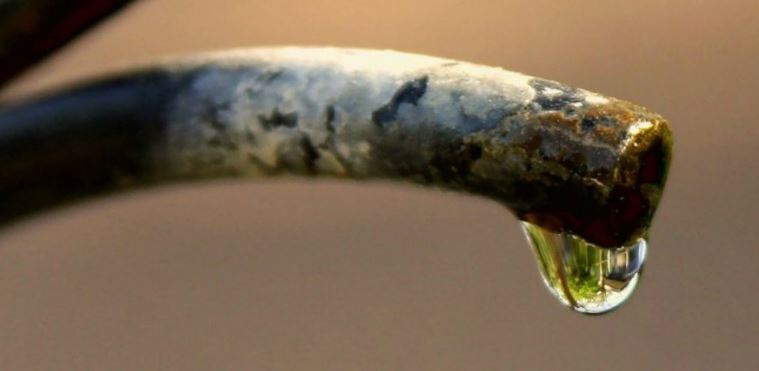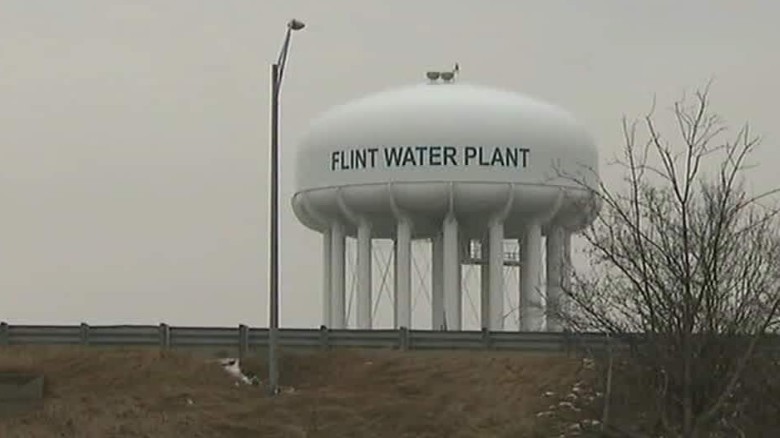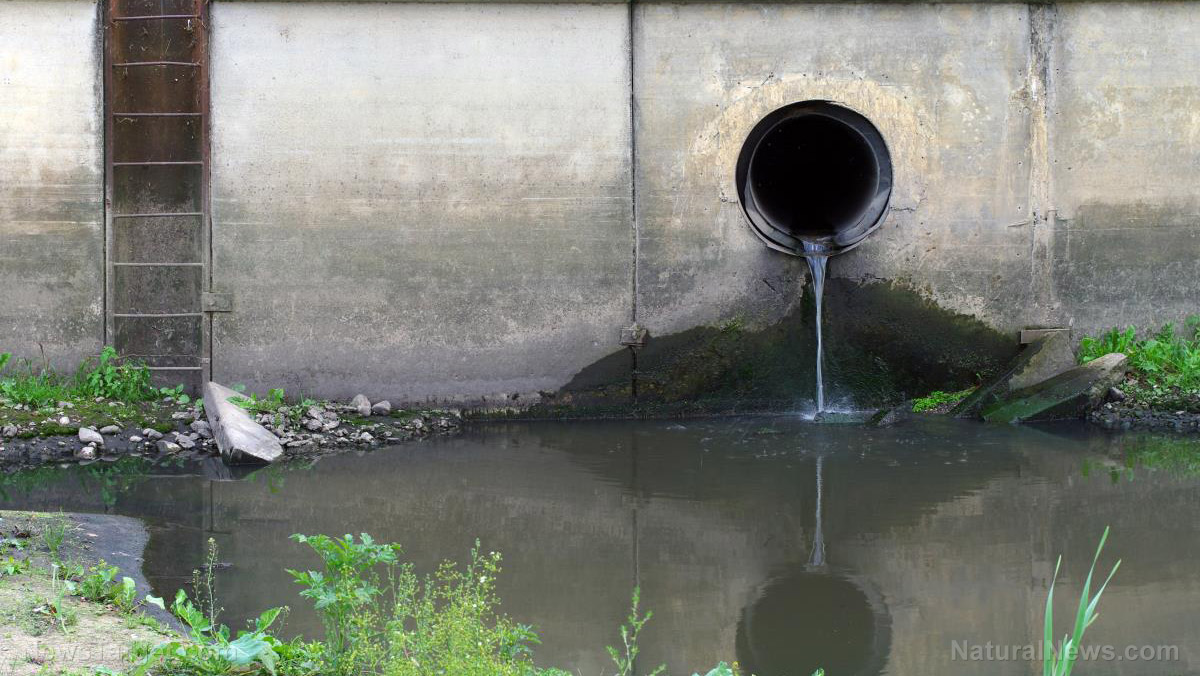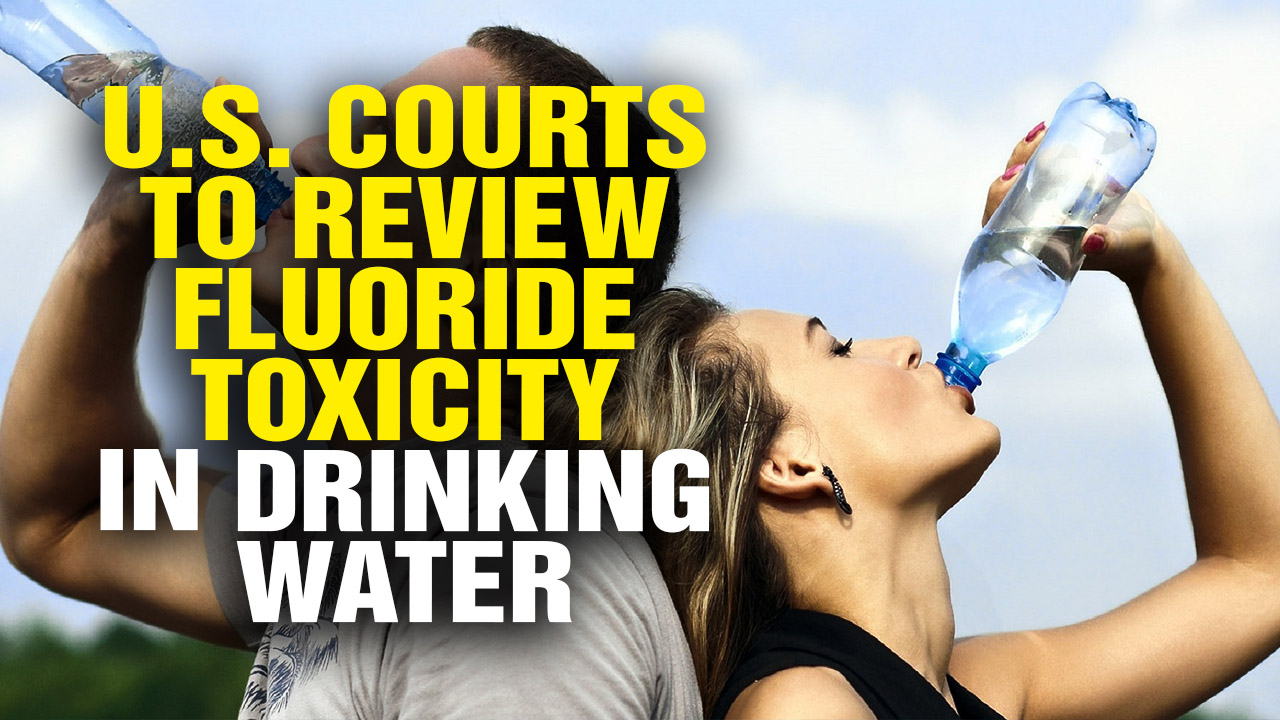Are you putting fracking wastewater in your pool? If you use Clorox pool salt, you might be
06/14/2019 / By Isabelle Z.
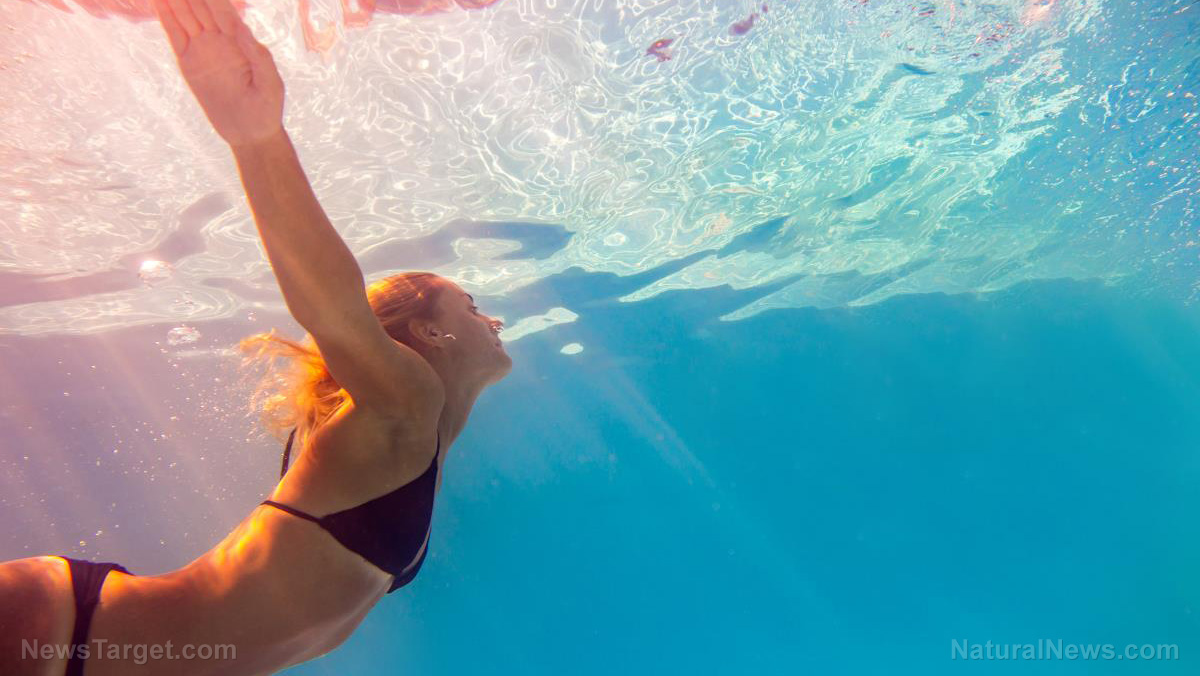
Even if you’ve somehow bought into the idea that fracking isn’t all bad, the idea of swimming in fracking wastewater is surely enough to make your skin crawl. Of course, you’d never dive into a pool of fracking wastewater deliberately, but if you’re using one popular pool product, you could well be introducing these fracking chemicals into the water your family swims in this summer.
As reported by GreenMedInfo, Pennsylvania company Eureka Resources has been treating the wastewater from fracking for shale gas development and selling the resulting crystal byproduct as “Clorox Pool Salt.” Although the Clorox brand isn’t directly involved, the company uses Clorox packaging and the bags are sold under their name at popular retailers like Lowe’s, Home Depot, and Walmart.
The fracking wastewater is trucked to the Eureka Resources facility, where it is treated and then turned into the salt. It is then bagged and palleted for a third-party distributor to send to the retailers. There is no warning on the packaging that it’s the byproduct of fracking wastewater and has been handled in a facility that also processes radioactive waste.
Eureka has an agreement with the state of Pennsylvania under which they screen the salt four times per year for radioactivity, but daily screening is nonexistent. Quarterly tests have found radioactive compounds in the salt, and although their levels might be low, they’re still sometimes a thousand times or more greater than the levels considered safe for drinking water.
Speaking to the Public Herald, University of Pittsburgh Department of Geology and Environmental Science Research Professor Dr. Daniel Bain said: “I’d want to see some screening being done to know if Technically Enhanced Naturally Occurring Radioactive Material (TENORM) is being detected.” He added that one minor glitch in the process could result in dirty salt.
A 2017 study revealed that 55 of the unique chemical compounds used in fracking are either known, probable or possible human carcinogens, yet the Pennsylvania Department of Environmental Protection is not requiring Eureka to carry out frequent testing. All they have to do is ensure the salt meets certain qualitative requirements and then keep the data backing that on hand. They don’t even have to submit it; they only have to show it if the PA DEP requests it.
It’s also used on roads
A similarly concerning product is the de-icer known as AquaSalina. It’s produced by Duck Creek Energy in Ohio using fracking wastewater and is sold in several states. Testing has shown that it has levels of carcinogens like Radium-228 and Radium-226 that are more than 300 times greater than the federal limits set for drinking water.
The product is used wherever people want to prevent ice. For example, it is used on sidewalks and stairs, where people can easily track it into their homes on their shoes. How much of this carcinogenic salt are children crawling around in and pets ingesting after licking their paws?
Although the oil and gas industry does its best to make fracking appear relatively harmless, studies tell a very different story. Fracking contaminates drinking water, soil and air with toxic chemicals like heavy metals and radioactive substances. Its waste is spread on farm land, where it makes its way into the food we eat. It causes earthquakes and the industry destroys natural wildlife habitats. Why does the federal government continue to protect them?
Sources for this article include:
Tagged Under: child safety, dangerous chemicals, de-icer, environment, fracking, pool salt, radiation, radium, swimming pools, toxic chemicals, toxic ingredients, toxic water, toxins, wastewater
RECENT NEWS & ARTICLES
TapWater.News is a fact-based public education website published by Tap Water News Features, LLC.
All content copyright © 2018 by Tap Water News Features, LLC.
Contact Us with Tips or Corrections
All trademarks, registered trademarks and servicemarks mentioned on this site are the property of their respective owners.

